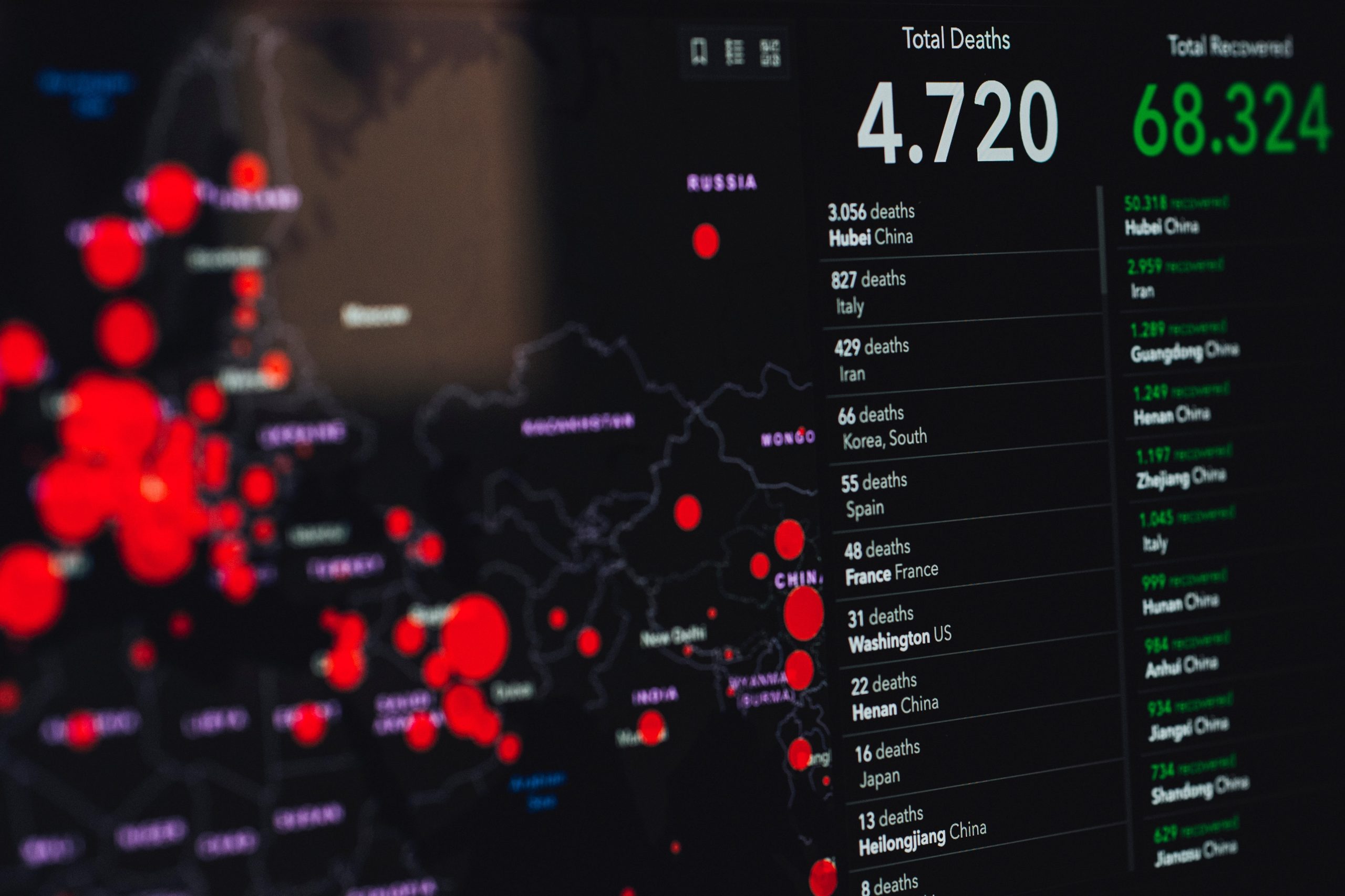
Pandemic
According to the Centers for Disease Control and Prevention, an influenza pandemic can occur when a non-human (novel) influenza virus gains the ability for efficient and sustained human-to-human transmission and then spreads globally. Influenza viruses that have the potential to cause a pandemic are referred to as ‘influenza viruses with pandemic potential.’
Examples of influenza viruses with pandemic potential include novel coronavirus, as well as avian influenza A (H5N1) and avian influenza H7N9, the latter of which are two different “bird flu” viruses.
The new coronavirus disease 2019 (COVID-19) is a respiratory illness that can spread from person to person. A global public health emergency was declared in early 2020 as the virus that causes COVID-19 is a novel coronavirus that was first identified during an investigation into an outbreak in Wuhan, China.
CDC’s pandemic preparedness efforts include ongoing surveillance of human and animal influenza viruses, risk assessments of influenza viruses with pandemic potential, and the development and improvement of preparedness tools that can aid public health practitioners in the event of an influenza pandemic.
The links below offer more information about influenza pandemics and highlight some of CDC Influenza Division’s continued work on influenza pandemic preparedness.
What Cox is Doing
Federal, local and state governments are working to prepare for these types of emergencies as is Cox Enterprises, Inc. and so are many other companies. Please join us in our efforts by preparing your family plan (click here for more information) and review the following online resources:








